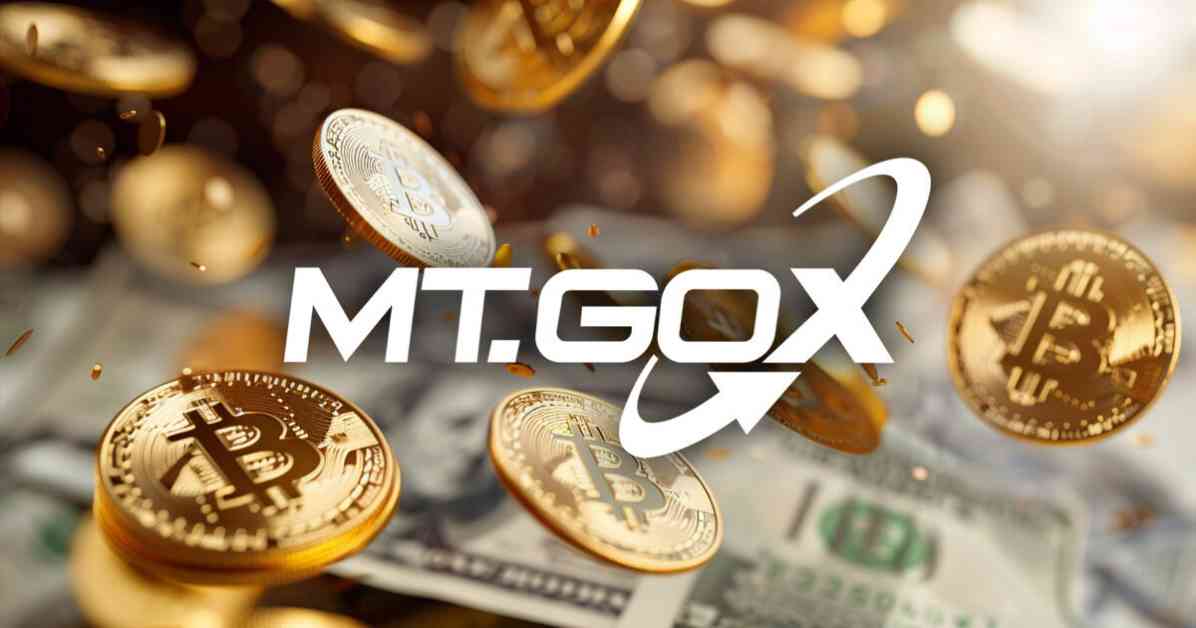Mt. Gox, once a prominent Bitcoin exchange, is making waves in the market once again with its repayment plan. The recent movement of 137,890 BTC valued at $9.4 billion from Mt. Gox’s wallets to creditors has sparked concerns among experts. There is a fear that this influx of coins into the market could lead to a selloff and a subsequent drop in Bitcoin’s price.
Mt. Gox’s history dates back to 2014 when it was hacked, resulting in the loss of over 850,000 BTC. After years of legal battles, a rehabilitation plan was approved in 2021, allowing creditors to recover some of their lost funds. The recent repayment plan has already caused a 4% decline in Bitcoin’s price over the past 24 hours, although the market has shown resilience with a rebound.
One of the key concerns is the distinction between Long-Term Holders (LTHs) and Short-Term Holders (STHs) in the Bitcoin market. LTHs, who hold onto their Bitcoin for over 155 days, are less likely to panic sell during market downturns. In contrast, STHs, who have bought Bitcoin within the past 155 days, are more reactive to market news and events.
Despite fears of a market selloff due to Mt. Gox’s repayments, data and historical analysis suggest that the impact might not be as significant as anticipated. The recent rally in Bitcoin prices and the resilience shown in absorbing past large sell-offs indicate a certain level of market stability. Additionally, not all creditors who receive their BTCs are expected to immediately sell, as some may choose to hold or buy more based on their investment strategies.
While short-term volatility is expected, the long-term impact of Mt. Gox’s repayments could be positive for the market. Increased institutional adoption often follows market consolidation, and resolving the Mt. Gox saga could boost investor confidence in the overall health of the Bitcoin ecosystem. As the market matures, addressing these potential loopholes becomes crucial to ensuring sustained growth and stability in the cryptocurrency space.

